Yes or No: Questions about Waterjet Cutting
Yes or No: Questions about Waterjet Cutting

Although waterjet cutting is a cutting method used widely, you may still have some questions about waterjet cutting. Here are some questions you may be interested in:
1. Will waterjet cutting hurt the material to be machined?
2. Can I cut thick materials with waterjet?
3. Is waterjet cutting environment friendly?
4. Can waterjet cutting be used to cut wood?
5. Can I use garnet as the abrasive substances of abrasive waterjet cutting?
Q: Will waterjet cutting hurt the material to be machined?
A: No. Waterjet cutting will not hurt the material.
Briefly speaking, waterjet cutting works on the principle of erosion of the area on which the high-velocity waterjet strikes. First, water from the reservoir first enters the hydraulic pump. The hydraulic pump increases the pressure of water and sends it to the intensifier which increases the pressure again and sends it to the mixing chamber and accumulator. Accumulator provides a high-pressure water supply to the mixing chamber whenever needed. After passing through the intensifier water needs to go through the pressure control valve where pressure is controlled. And after passing through the control valve it reaches the flow control valve, where the flow of water is checked. The high-pressure water is then converted to a high-velocity flow of water to strikes the workpiece.
It is found that there is non-contact form of processing, and no drills and other tools are applied, so that no heat is produced.
Except for heat disappear, waterjet cutting will not cause any cracks, burns, and other types hurt to the workpiece.
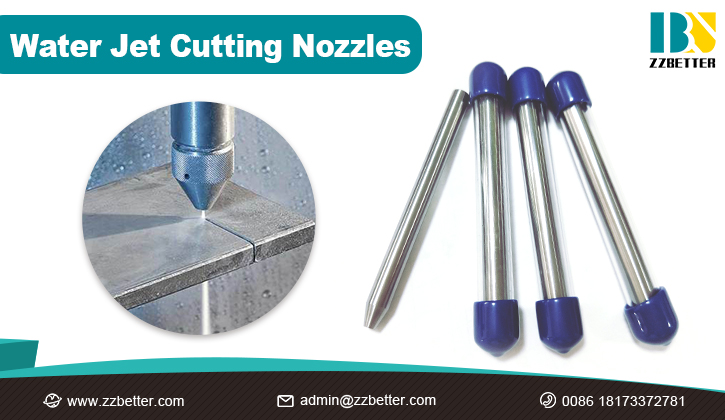
Q: Can I cut thick materials with waterjet?
A: Yes. Waterjet cutting can be used to cut thick materials.
Waterjet cutting is applied for cutting many types of materials, such as metals, wood, rubber, ceramics, glass, stone, tiles, composites, paper, and even food. Some extremely hard materials, including titanium, and thick materials can also be cut by the high-pressure water stream. Besides the hard and thick materials, waterjet cutting can also cut the soft materials, such as plastics, foam, fabrics, sports lettering, diapers, feminine, health care products, stained glass, kitchen and bathroom splashbacks, frameless, shower screens, balustrading, flooring, table, wall inlay, and flat glass, and the like.
In fact, there are mainly two types of waterjet cutting methods. One is the pure waterjet cutting and the other is abrasive waterjet cutting. Pure water jet cutting is a water only cutting process. This does not require the addition of abrasive but rather uses a pure water jet stream to cut. This cutting method often used to cut softer materials like wood, rubber and more.
Abrasive water jet cutting is specific to industrial process, where you’ll need to cut hard materials like glass, metal and stone using high pressure an abrasive-water mix jet stream. The Abrasive substances mixed with the water help to stepup the speed of the water and thus, increase cutting power of water jet stream. This gives it the capacity to cut through solid materials. When cutting different materials, we can choose the different cutting methods.
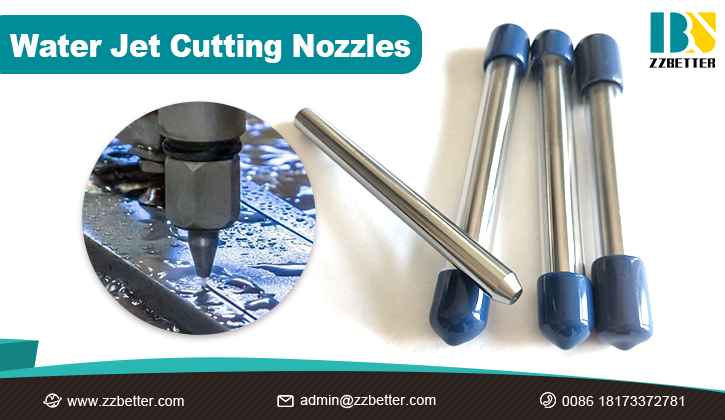
Q: Is waterjet cutting environment friendly?
A: Yes. Waterjet cutting is environment friendly.
Water is pressurized and sent out from the tungsten carbide focusing tube to cut the materials. During this process, no dust and hazardous waste is produced, so there is no impact on workers or the environment. It is an environmentally friendly process, and more industries are embracing this process.
Being friendly to environment is one of the advantages of waterjet cutting. Besides this, waterjet cutting many other benefits.
Waterjet cutting is a simple and versatile method, with which you can cut different materials and shapes with simple programming, the same cutting tool and very short setup time from prototypes to serial production. Waterjet cutting is also highly precision, which can reach the incision of 0.01mm. And the surface can be made so smooth that there is no or very little need for additional processing.
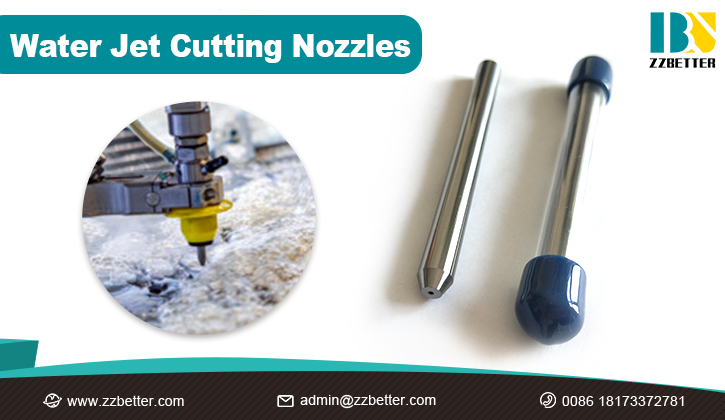
Q: Can waterjet cutting be used to cut wood?
A: Yes. Waterjet cutting can be used to cut wood.
As we talked above, waterjet cutting can be used to cut many materials. It is no doubt that it can be used to cut metals, plastics, and some other materials with smooth surface. You may wonder whether waterjet cutting can be used to cut wood. In practice, hygroscopic materials such as wood, open-pored foams and textiles should be dried after waterjet cutting. And for cutting wood, there are some tips for you.
1. Use high-quality wood
The higher the quality of wood, the smoother the cutting process will be. Low-quality wood can be brittle and split apart if it cannot handle the set waterjet pressure.
2. Avoid wood with any sort of knots
Knots are harder to be cut as they are denser and harder compared to the rest of the wood. The grains in knots when cut can fling across and hurt others if they are nearby.
3. Use wood with no blowbacks
Abrasive waterjet cutters use hard crystal particles that are available in tiny bits by millions. They can all allocate within a certain blowback if the wood has one.
4. Use abrasive garnet mixed with water
Water alone cannot cut through wood as efficiently as using garnet which is an industrially used gemstone used as an abrasive material. It can cut through the water faster and better when mixed with water in a waterjet cutter.
5. Use the right pressure settings
Make sure the pressure is close to 59,000-60,000 PSI with the speed of the waterjet set to 600”/minute. If the settings of the water are set to these options, then the stream of the waterjet will be strong enough to penetrate the woodcut through thicker wood.
6. Use up to 5” wood for optimum results
Five inch is not too less nor too high for waterjet cutters to cut through efficiently. The wood’s high resilience can deflect the impact of the high pressure acting upon it.
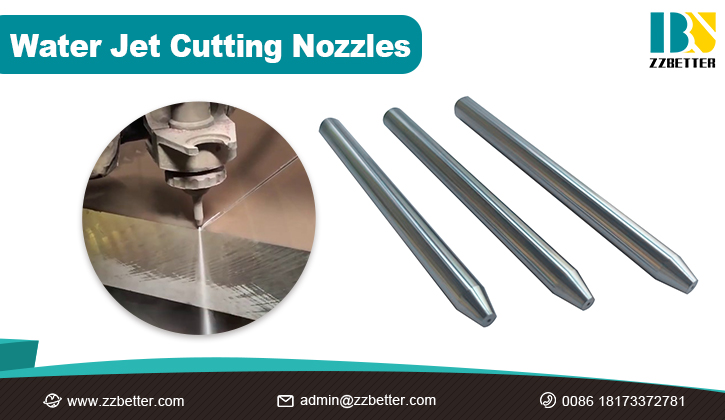
Q: Can I use garnet as the abrasive substances of abrasive waterjet cutting?
A: Of course yes.
While you can use both natural and synthetic abrasive media in waterjet cutting, almandine garnet is the most suitable mineral for waterjet cutting due to its unique characteristics, high performance and overall profitability of the operation. Abrasive media that are softer than garnet, such as olivine or glass, provide a long mixing tube life but do not ensure fast cutting speed. Abrasives that are harder than garnet, such as aluminium oxide or silicon carbide, cut faster but do not provide a high cutting-edge quality. The life span of the mixing tube is also shortened by up to 90% in comparison to garnet. An advantage for using garnet is that it can be recycled. Garnet is environmentally friendly as you can repurpose its waste as a filler in asphalt and concrete products. You can recycle high quality abrasive for waterjet cutting up to five times.
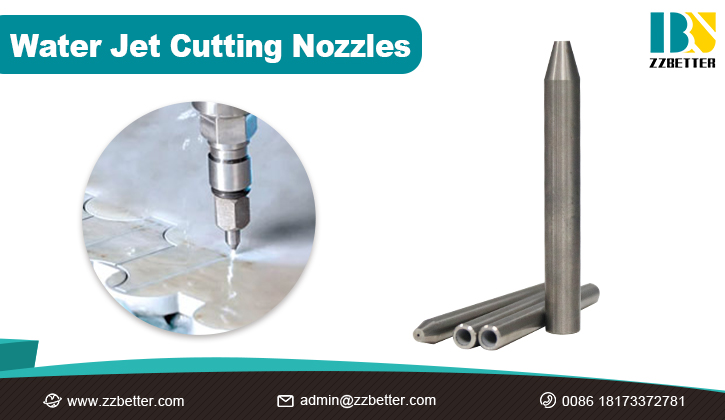
I believe you must have more questions about waterjet cutting and tungsten carbide products, please leave your questions on the comments section. If you are interested in tungsten carbide waterjet cutting nozzles and want more information and details, you can CONTACT US by phone or mail at the left, or SEND US MAIL at the bottom of the page.





















